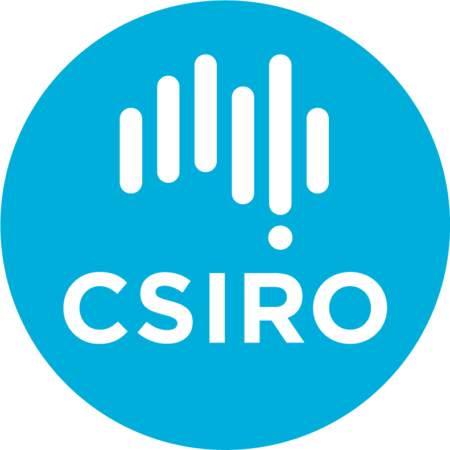The Agrifood Systems and Climate Explorer (ASCE)
The Agrifood Systems and Climate Explorer (ASCE) was created to support discussions and decision-making for food systems policy under climate change. The pilot process, undertaken in Samoa from 2023 to early 2024, was designed to align with the development and implementation of Samoa’s Food System Pathway 2030.
The ASC Explorer integrates climate information with agricultural and socio-economic data into a single tool. The interactive maps display information and future projections for several climatic variables. While global climate models provide information at the spatial scale of 150-200 km, ASCE uses projections generated by the Commonwealth Scientific and Industrial Research Organisation (CSIRO) at a scale appropriate and more informative for Samoa at a district level. Data from several relevant agriculture and socio-economic factors are also presented to help identify potential risks and key risk-mitigation opportunities in agrifood systems policy.
Process of Development
The development of the ASC Explorer was endorsed at the 8th Meeting of the Pacific Heads of Agriculture and Forestry in March 2023. It was developed by the Samoa Ministry of Agriculture and Fisheries (MAF), CSIRO, and the Australian National University (ANU), funded by the Australian Government Department of Foreign Affairs and Trade (DFAT), and supported by the Pacific Community (SPC), and Food and Agriculture Organization (FAO).
The tool was developed with guidance from an Advisory Committee with the following members:
- Samoa Ministry of Agriculture and Fisheries (MAF)
- The Pacific Community (SPC),
- Food and Agriculture Organization of the United Nations (FAO),
- Samoa Ministry of Natural Resources and Environment (MNRE),
- Secretariat of the Pacific Regional Environment Programme (SPREP),
- Scientific Research Organisation of Samoa (SROS),
- National University of Samoa (UNS), and
- University of the South Pacific (USP).
In addition to the Advisory Committee, the tool benefited from input from the Samoa Ministry of Commerce, Industry and Labour, the Samoa Bureau of Statistics, Samoa Ministry of Health, Samoa Ministry of Natural Resources and Environment (Meteorological Division), KVA Consult, Samoa Farmers Association, the Market Development Facility, and Matuaileoo Environment Trust Inc.
What information does the ASC Explorer bring together?
This visual tool integrates a wealth of data including future projections downscaled to a district-level, historical climate data, and key food systems factors drawn from and relevant to Samoa’s food systems planning pathway.
1. Downscaled future climate projections:
The ASC Explorer provides two timescales for considering the future impacts of climate change in Samoa. The present to near-term climate projections displayed in the tool are for a 30-year period centred around 2030 (2015-2045), while the long-term future projections are for the 30-year period centred on 2060 (2045-2075).
Climate data displayed in ASCE’s maps is from CSIRO’s statistically downscaled dataset for the Pacific. Downscaling refers to the process of converting data at coarse spatial scales to high spatial resolution.
Climate projections used are from global climate model outputs from the United Nations World Climate Research Programme’s Coupled Model Intercomparison Project Phase 6 (CMIP6). This set of earth system models forms the basis of Intergovernmental Panel on Climate Change (IPCC) reports and represents the world’s state-of-the-art knowledge regarding climate change.
CSIRO evaluated these models’ performance to select a subset with superior simulation skill in the South Pacific. The 6 best models were then downscaled (using multivariate quantile mapping methods described in Cannon et al., 2015 and Cannon 2016) to convert data from the 150-200 km spatial scale of global climate models to the 10 km spatial scale of the data displayed here.
2. Historical climate data:
Historical climate data was analysed to inform the integration of previous climate data and trends into the tool. The historical reference dataset used was drawn from the European Center for Medium Weather Forecasting (ECMWF) ERA5 reanalysis (Hersbach et al., 2020). The historical reanalysis was chosen following an evaluation where the gridded reanalysis data was compared against the station data from the Global Summary of the Day (NOAA National Centers for Environmental Information, 1987).
3. Agricultural and Socioeconomic data:
All socioeconomic and agricultural data displayed is drawn from the Samoa Agriculture Census (2019), conducted and made available by the Samoa Bureau of Statistics and Ministry of Agriculture and Fisheries.
CMIP – Coupled Model Intercomparison Project –CMIP – Coupled Model Intercomparison Project (wcrp-cmip.org)
CMIP is a project of the World Climate Research Programme (WCRP) providing climate projections to understand past, present and future climate changes.



